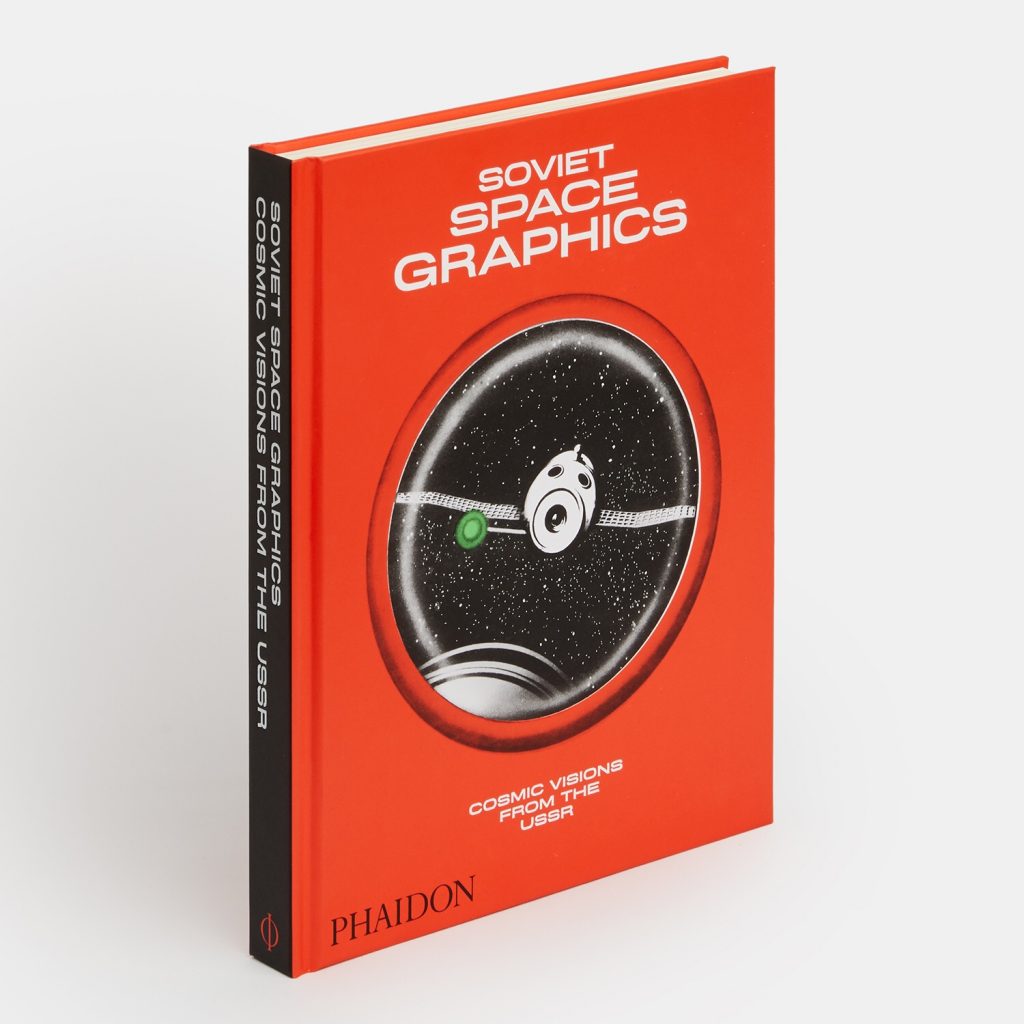
Out now from Phaidon is Soviet Space Graphics by Alexandra Sankova, published in collaboration with the Moscow Design Museum – a wonderful, whimsical journey through the pioneering space-race graphics of the former Soviet Union.
This otherworldly collection of Soviet space-race graphics takes readers on a cosmic adventure through Cold War-era Russia. Created against a backdrop of geopolitical uncertainty, the extraordinary images featured, taken from the period’s hugely successful popular-science magazines, were a vital tool for the promotion of state ideology.


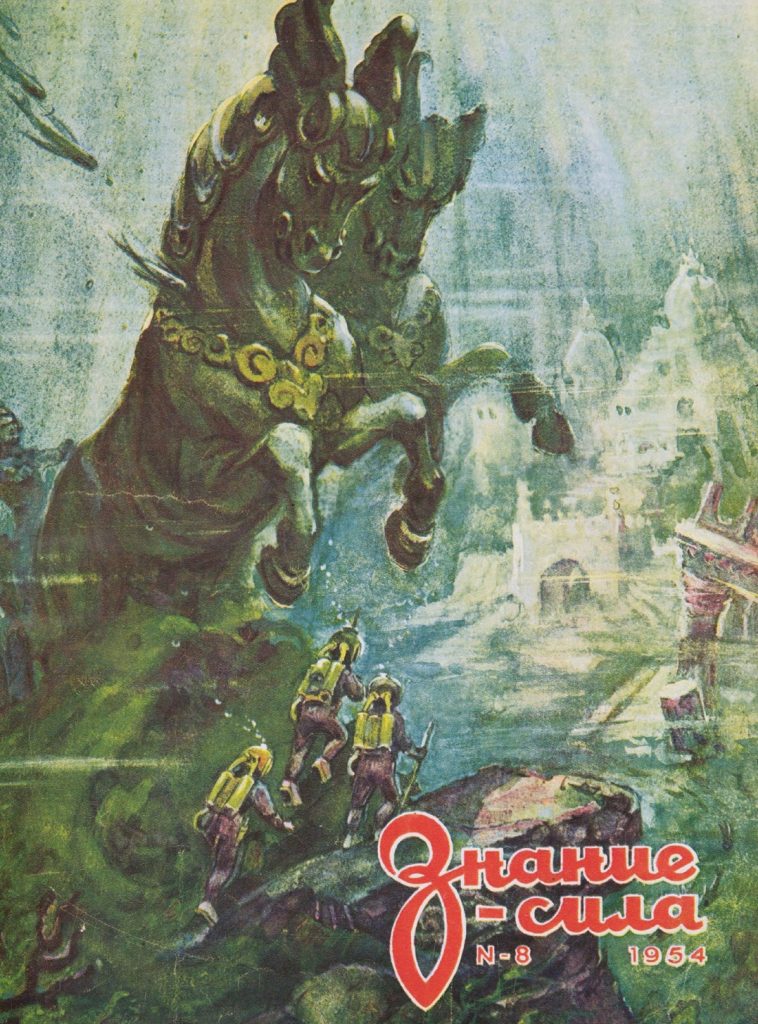
Presenting more than 250 illustrations – depicting daring discoveries, scientific innovations, futuristic visions, and extraterrestrial encounters – Soviet Space Graphics unlocks the door to the creative inner workings of the USSR.


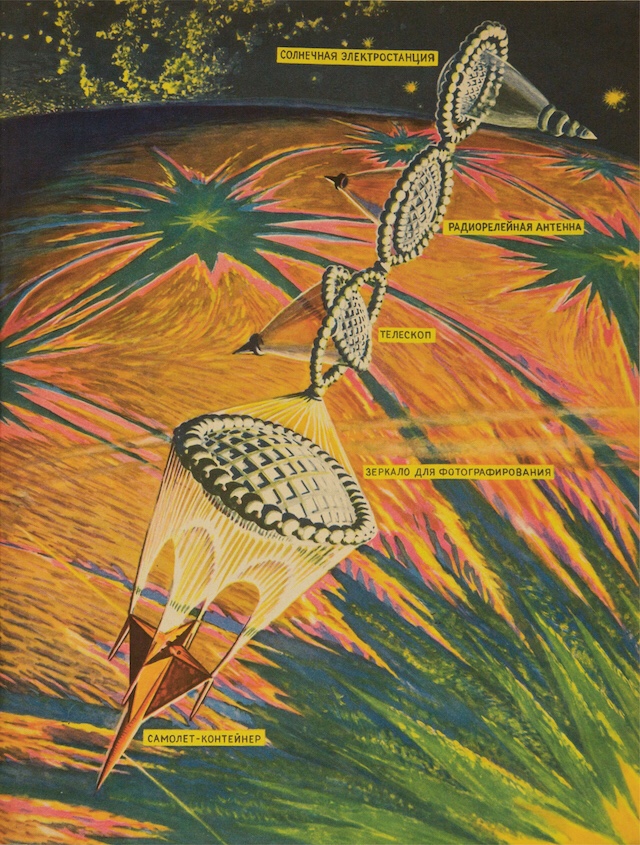

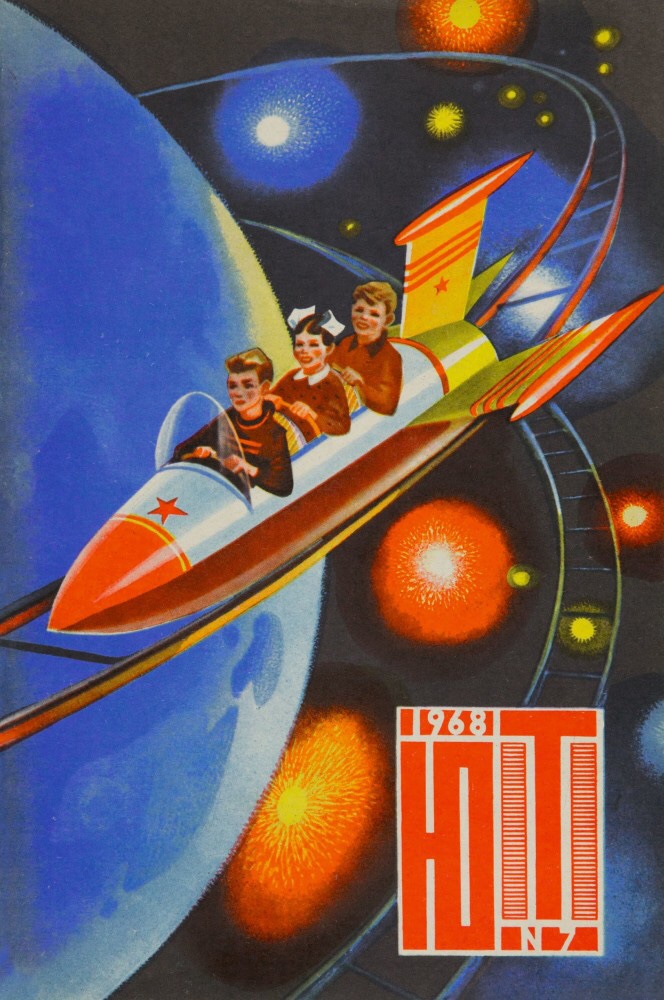
Alexandra Sankova is the director and founder of the Moscow Design Museum, which was established in 2012 with the mission to record, preserve and promote the design heritage of Russia.
She has curated and co-curated a number of exhibitions at the museum that have toured internationally, including Soviet Design 1950–1980 (2013), Discovering Utopia: Lost Archives of Soviet Design (2016), which received the Utopia Medal at the London Design Biennale in 2016, and History of Russian Design 1917 – 2017 (2017), among many others. Sankova is the author of 23 (2010), co-author of Designed in the USSR: 1950 – 1989 (2018) and VNIITE: Discovering Utopia – Lost Archives of Soviet Design (2018), and co-produced the four-part Russian television documentary History of Russian Design (2018).
The Moscow Design Museum was founded in 2012 and is the first cultural institution in Russia specifically dedicated to design. Its main objective is to preserve and popularise Russian design heritage at home and abroad.
In September 2016 the museum’s Russian exhibition at the first London Design Biennale, was awarded the Utopia Medal for its entry, ‘Discovering Utopia: Lost Archives of Soviet Design’.
Headquartered in London and New York, Phaidon publishes numerous books about the creative arts, with over 1,500 titles in print. They work with the world’s most influential artists, chefs, writers and thinkers to produce innovative books on art, photography, design, architecture, fashion, food and travel – and some marvellous-looking illustrated books for children.
• Soviet Space Graphics: Cosmic Visions from the USSR is available now (AmazonUK Affiliate Link)
Format: Hardback
Size: 270 x 205 mm (10 5/8 x 8 1/8 in)
Pages: 240 pp
Illustrations: 267 illustrations
ISBN: 9781838660536
The founder of downthetubes, which he established in 1998. John works as a comics and magazine editor, writer, and on promotional work for the Lakes International Comic Art Festival. He is currently editor of Star Trek Explorer, published by Titan – his third tour of duty on the title originally titled Star Trek Magazine.
Working in British comics publishing since the 1980s, his credits include editor of titles such as Doctor Who Magazine, Babylon 5 Magazine, and more. He also edited the comics anthology STRIP Magazine and edited several audio comics for ROK Comics. He has also edited several comic collections, including volumes of “Charley’s War” and “Dan Dare”.
He’s the writer of “Pilgrim: Secrets and Lies” for B7 Comics; “Crucible”, a creator-owned project with 2000AD artist Smuzz; and “Death Duty” and “Skow Dogs” with Dave Hailwood.
Categories: Books, downthetubes News, Other Worlds
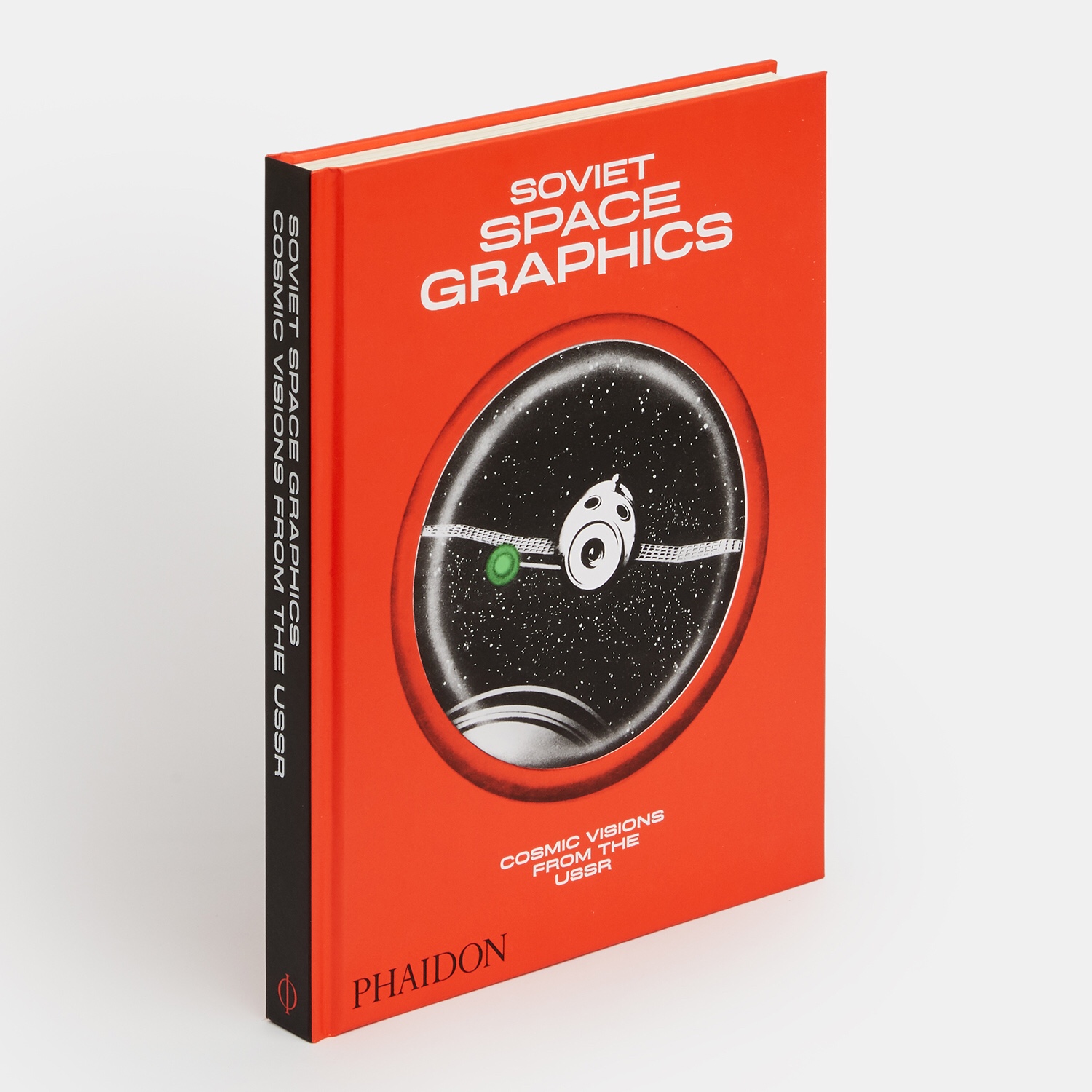
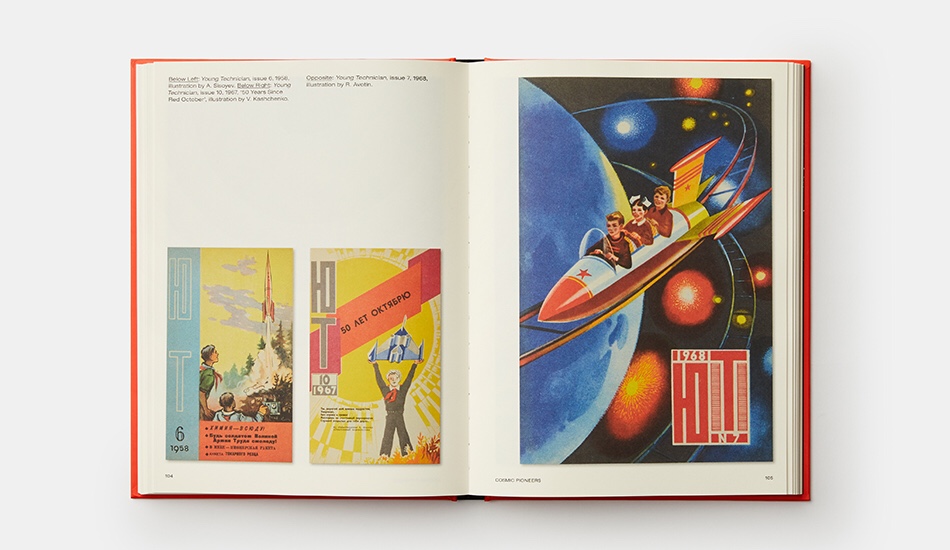

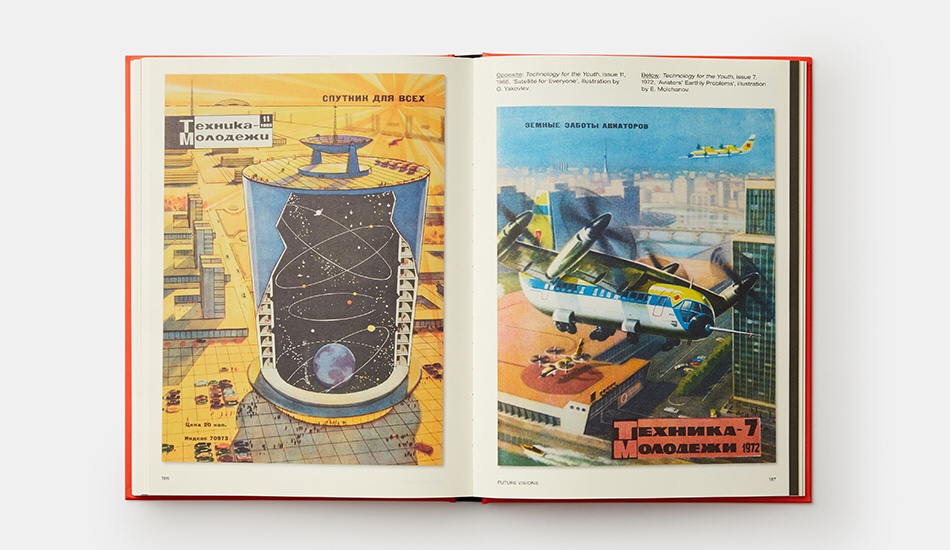
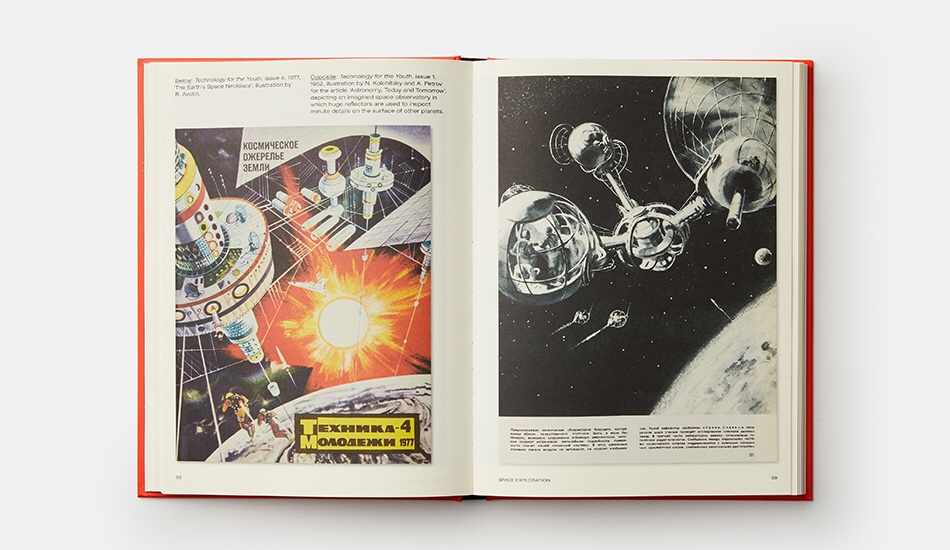
 Journey Planet nominated for Hugo Award for Best Fanzine
Journey Planet nominated for Hugo Award for Best Fanzine  Book bans and censorship attempts soar in United States, including graphic novels
Book bans and censorship attempts soar in United States, including graphic novels  Coming Soon, the Doctor Who Production Guide: William Hartnell
Coming Soon, the Doctor Who Production Guide: William Hartnell  Adventure Game Book Spotlight: Realm Wreckers and The Doors Of Destiny
Adventure Game Book Spotlight: Realm Wreckers and The Doors Of Destiny